High yield, concentrated ripening
Recently, to cope with climate change, many ineffective rice areas in the South Central region have been converted to grow mung beans - a crop that is drought-resistant and has a short growing period.
However, the average green bean yield in the region is only 1.16 tons/ha, much lower than the potential of 2 - 2.5 tons/ha. Some varieties such as DX208 have many advantages such as good yield and quality. However, due to being produced for too long, the DX208 green bean variety has degenerated and is often infected with pests and diseases, especially mosaic disease. In addition, this green bean variety does not ripen in a concentrated manner, and the crop season is long, making it difficult to mechanize the harvesting process.
Faced with the above situation, the South Central Coast Agricultural Science and Technology Institute (ASISOV) has successfully created the green bean variety DXBĐ.07 with high yield, especially resistant to mosaic disease, suitable for the farming conditions of farmers in the South Central region, contributing to the transformation of crop structure in the region.
According to Dr. Ho Huy Cuong - Director of ASISOV, the green bean variety DXBĐ.07 has a growing period of 75 - 80 days (depending on the season), fruit length is 11.3 - 11.5cm, has 12.1 - 12.8 seeds/fruit, weight of 1,000 seeds is 65.2 - 69.6 grams, yield is 2 - 2.5 tons/ha.

Evaluation model of imported mung bean lines deployed by ASISOV. Photo: V.D.T.
“The green bean variety DXBĐ.07 produced in the South Central region in the winter-spring crop is sown in January - February and harvested in March - April; in the summer-autumn crop, it is sown in April - May and harvested in July - August. The variety has the ability to ripen in a concentrated manner, making it convenient for mechanization of the harvesting process, is drought-resistant and resistant to mosaic disease,” said Dr. Cuong.
Farmer Nguyen Ngoc Anh in Thiet Tru village, An Nhon ward ( Gia Lai ) shared: "Previously, when growing DX208 green bean variety, I had to harvest 3 times per crop, while when growing DXBĐ.07 green bean variety, I only harvested 2 times thanks to concentrated ripening, saving a lot of labor. This green bean variety is less susceptible to root rot disease, especially resistant to mosaic disease, much more effective than the old green bean variety."
No more worries about mosaic disease
According to Dr. Ho Huy Cuong, mosaic disease on mung bean plants often causes severe damage to productivity, the damage level can be from 10 - 100% depending on the stage of infection, leading to the risk of crop failure.
Mosaic disease causes serious damage to green bean plants in the Central and Central Highlands regions in extremely hot weather conditions during the summer-autumn crop. In addition, the green bean varieties that farmers often produced before did not ripen in a concentrated manner, prolonging the harvest time, creating favorable conditions for the disease to cause damage.
Faced with the current situation of green bean plants in the South Central Coast and Central Highlands being infected with mosaic disease, ASISOV has developed a strategy to select and create varieties with short growing time, concentrated ripening, high yield, and especially resistance to mosaic disease to serve production.
ASISOV used the source materials to create two new green bean varieties DXBĐ.07 and DXBĐ.08 from the Asian International Vegetable Research Center, which are two single-cross combinations NM94 and KPS2 - two varieties with genes resistant to mosaic virus on green bean plants.

The DXBĐ.07 variety selected by ASISOV has a yield of 2 - 2.5 tons/ha, ripens in a concentrated manner, and is resistant to mosaic disease. Photo: V.D.T.
After crossbreeding, ASISOV selected and used molecular technology to test for mosaic disease resistance genes in the selected lines and varieties. After testing, and finding virus resistance genes in the newly selected mung bean lines and varieties, ASISOV evaluated them through production practices, especially in areas with heavy mosaic disease pressure.
“The production practice clearly shows that the mosaic disease resistance of the new mung bean variety DXBĐ.07 is many times higher than that of the old, degraded variety DX208. In Gia Lai - where the mung bean area is up to thousands of hectares, there are areas where 60 - 80% of mung beans are infected with mosaic disease, while the new mung bean variety has a mosaic disease rate of only less than 5%,” Dr. Cuong said, adding that the mung bean variety DXBĐ.07 is currently being widely produced in localities in the South Central Coast, Central Highlands and Southeast regions.
Source: https://nongnghiepmoitruong.vn/giong-dau-xanh-moi-dxbd07-nang-suat-2--25-tan-ha-khong-lo-kham-la-d780812.html




![[Photo] Closing of the 14th Conference of the 13th Party Central Committee](https://vphoto.vietnam.vn/thumb/1200x675/vietnam/resource/IMAGE/2025/11/06/1762404919012_a1-bnd-5975-5183-jpg.webp)
![[Photo] Prime Minister Pham Minh Chinh receives the delegation of the Semiconductor Manufacturing International (SEMI)](https://vphoto.vietnam.vn/thumb/1200x675/vietnam/resource/IMAGE/2025/11/06/1762434628831_dsc-0219-jpg.webp)






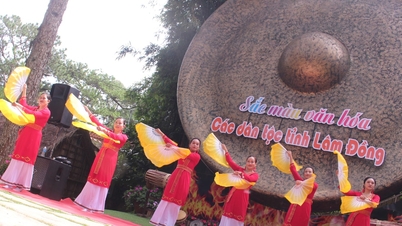



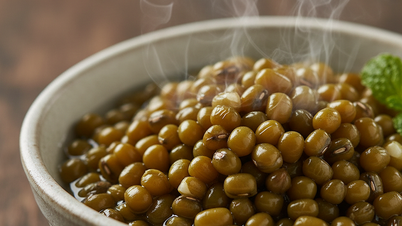


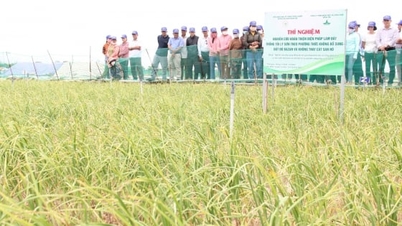














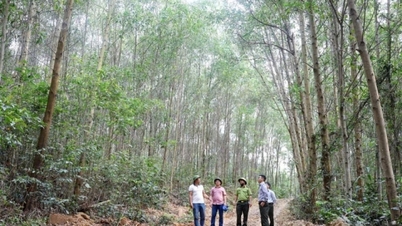
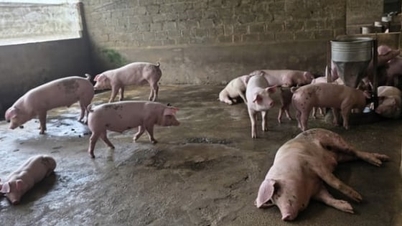





































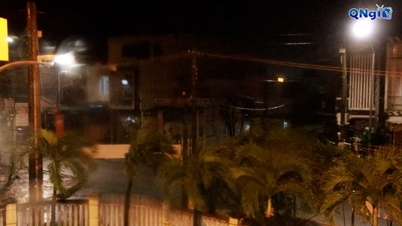















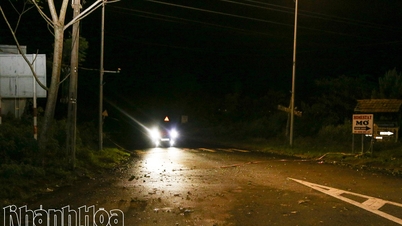

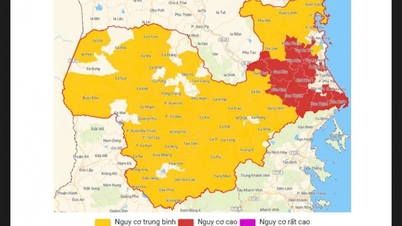

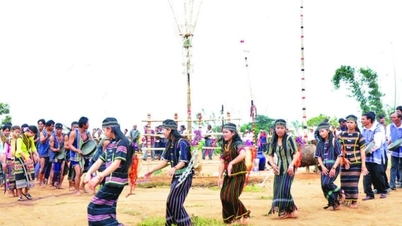
















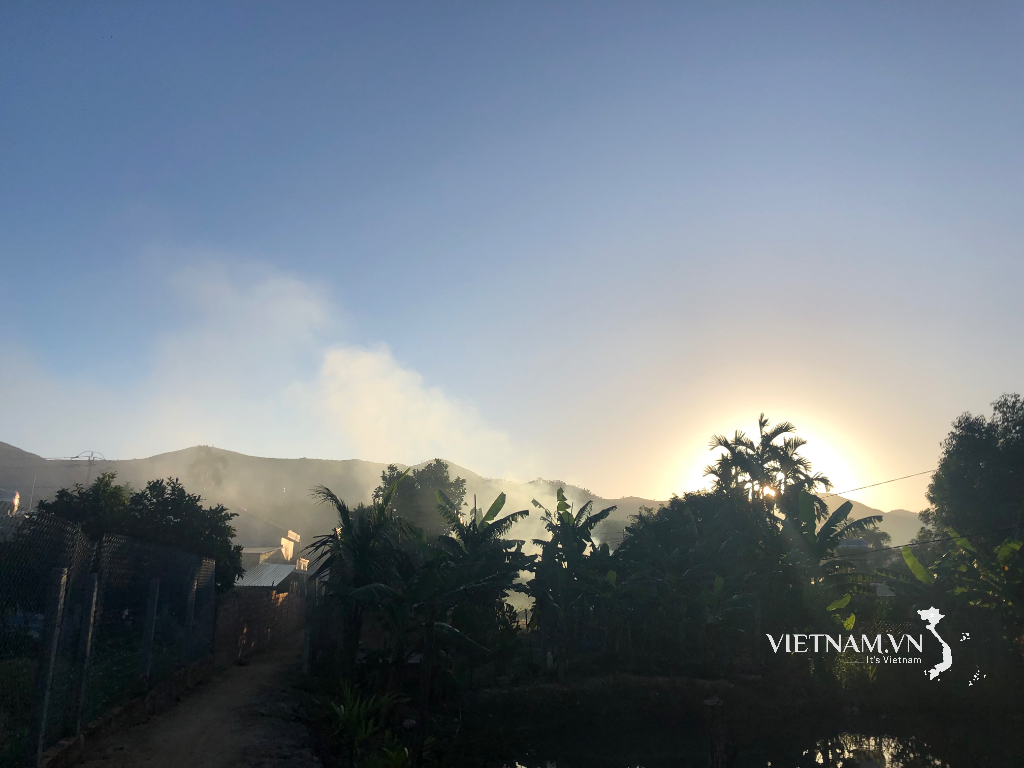
Comment (0)